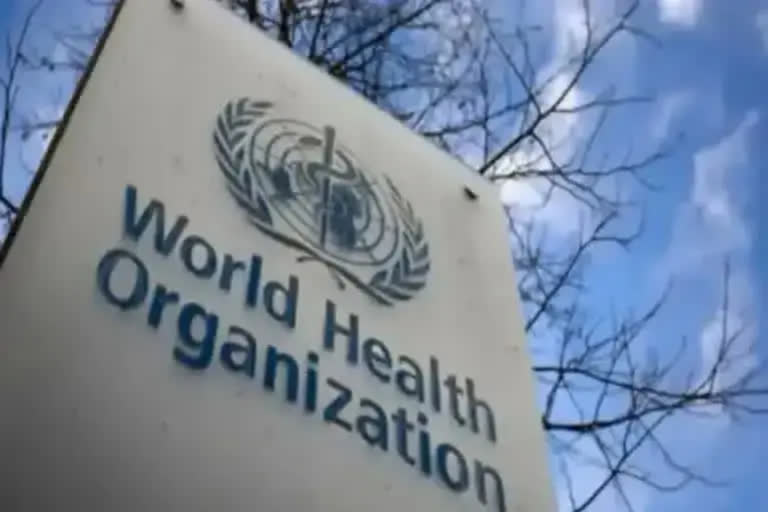New Delhi: The World Health Organisation on Tuesday called for accelerated action to provide quality, affordable, integrated and people-cantered comprehensive eye care for everyone, addressing the increasing disproportionate burden of vision impairment and blindness in the WHO South-East Asia Region. Nearly 30 per cent of the 2.2 billion people living with vision impairment or blindness globally are in the WHO South-East Asia Region, it said.
Addressing a high-level meeting of member countries on 'Integrated People-Centred Eye Care' in Hyderabad, Dr Poonam Khetrapal Singh, Regional Director, said, "This huge burden is unacceptable as nearly half the global vision impairment could have been prevented or are yet to be addressed."
Young children and older people are most vulnerable, while women, rural populations and ethnic minority groups are more likely to have vision impairment and less likely to access care, she said. The increased prevalence of vision impairment and blindness in the region among people of all socio-economic group also tracks with the rising tide of non-communicable diseases (NCDs) such as diabetes.
In 2019, the region was home to 87.6 million people with diabetes. Of them, 30.6 million had diabetic retinopathy (eye disease caused by high blood sugar), and 9.6 million had sight-threatening retinopathy (blindness caused by untreated diabetic retinopathy), she said. The three-day high-level meeting, being attended by health ministers and programme managers from across member countries, will deliberate on urgent measures to roll out 'Action Plan for Integrated People-Centred Eye Care in South-East Asia 20222030'.
Also read: Bezos, Gates-backed brain implant startup testing mind-controlled computing on humans
The LV Prasad Eye Institute, a comprehensive eye health facility and a World Health Organisation (WHO) Collaborating Centre for Prevention of Blindness, is supporting the meeting. The regional action plan aims at enabling countries achieve 40 per cent increase in effective coverage of refractive errors, 30 per cent increase in effective coverage of cataract surgery, at least 80 per cent people with diabetes are screened regularly for retinopathy, and at least 80 per cent of those identified with sight-threatening diabetic retinopathy are treated by 2030.
The plan also outlines measures that countries can take to eliminate trachoma in the region by 2025. Two countries in the region - Nepal and Myanmar - have eliminated trachoma. Trachoma is a disease of the eye caused by infection with the bacterium Chlamydia trachomatis. It is a public health problem in 42 countries, and is responsible for blindness or visual impairment of about 1.9 million people. Blindness from trachoma is irreversible.
The regional action plan details a series of actionable, evidence-based and locally adaptable strategies which need to be implemented with urgency, the regional director said. People and communities need to be engaged and empowered, with the focus on at-risk and underserved population, to increase health literacy and enhance demand for eye care services, Singh said. Management of common eye health issues should be mainstreamed into routine health services and current care models must be reoriented to prioritise primary health care and community-based services, she added. (PTI)



